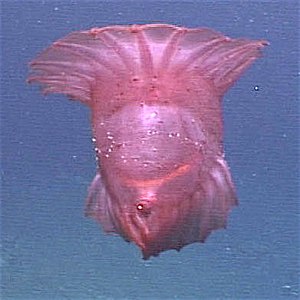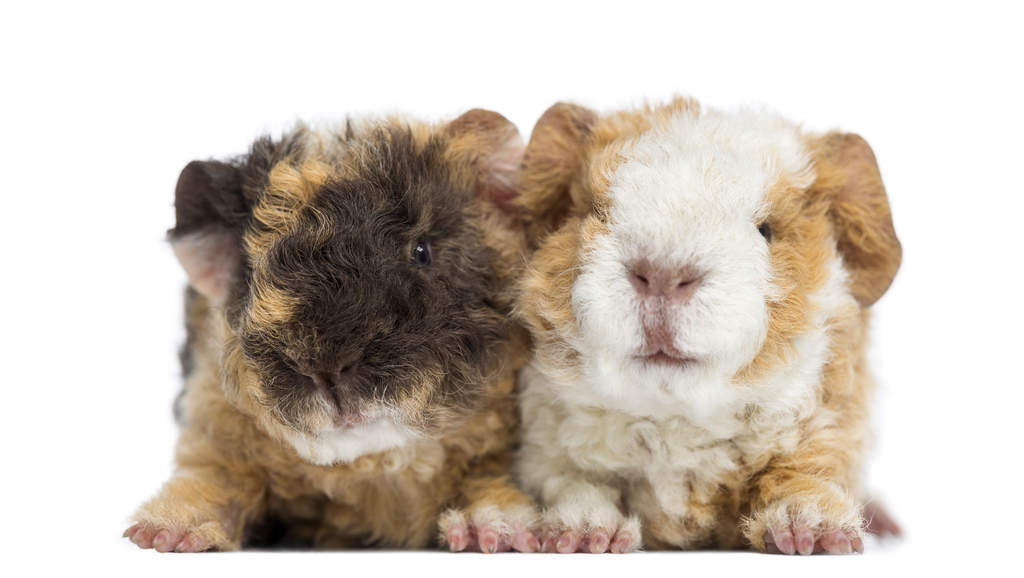Feature:
"There are certain things in this world that divide us... And perhaps the greatest dividing line of all is the one between dog people & cat people. But why does that divide exist? Cats & dogs are both cute & fluffy & amazing in their own ways. Why, then, are people so firm in taking a stance between the 2? To answer that eternal question, we must turn to science.
The science behind why humans love dogs
For dog parents, there's an inherent, undeniable truth to the label 'man's best friend.' For dog people, the bond between pups & humans feels natural & right. But why is that? Well, for one thing, the relationship between humans & dogs goes way back—at least 14,000 years back, to be precise.
In that time, dogs & humans have developed a shared language that seems to impress scientists more & more the more it's studied. According to a study published in Animal Cognition, dogs can actually smell our emotional states. Stanley Coren, Ph.D., DSc, FRSC, suggested, 'dogs do seem to be able to smell our emotional state, & they then seem to trust our responses to the situation by adopting those emotional states as their own.' Recent research from the Department of Veterinary Medicine at the University of Bari Aldo Moro in southern Italy found that dogs also seem to be able to hear difference in our emotions.
But does understanding us mean that dogs love us? The skeptics of the world might argue that dogs are just leveraging their ability to read us to get things they want or need (like food & shelter & treats & toys) & that it's a stretch to assume that they really love us back.
Over the years, scientists have designed a range of experiments aimed at answering the question: Do our dogs really love us...
...some studies have found that oxytocin, also known as the 'love hormone' because it gives us warm-fuzzies & is released during moments of social bonding & physical affection, is released in greater amounts by both humans & dogs when we interact. Translation: Cuddling with your dog isn't just proven to make you feel good—it's also proven to make him feel good too.
The science behind why humans love cats
Team Cats has plenty of evidence to back up cat parents' bonds with their 4-legged friends, too, though. When it comes to pure numbers, cats reign supreme as the world's most popular pet & the cat/human relationship can be traced back between 10,000 & 15,000 years, with DNA evidence placing the first appearance of the pet cat's ancestor, the Arabian wildcat Felis silvestris lybica, somewhere in that timeframe.
Although the fact that cats actually domesticated themselves has led some to assume that their relationship with humans is more give than take, there's plenty of scientific evidence that cats don't just pretend to love humans because they feed them...
Cats (kittens in particular) also have neuroscience on their side when it comes to courting human love. The human brain is wired to want to protect & love on cute things as a way to make sure we take care of our own babies. Kittens, it turns out, are cute enough to trigger the same response the brain has to human babies, leaving us inclined to love & want to care for little kitties.
And the awws that cats & kittens elicit are good for our mental health, too. In a study published in the journal Computers in Human Behavior, researchers found that just watching videos of cats online lowers stress levels.
What science says about the difference between dog people & cat people
...In a study conducted by researchers at the University of Florida, participants were given a personality test as well as a test to determine their preferences for dogs versus cats, with people who identified as liking both dogs & cats (or to disliking both animals) being eliminated from the final findings. The study found that dog people were, on the whole, more extroverted & outgoing with richer social lives & that dog lovers were more likely to be 'tough-minded'—meaning that they tended to focus more on situations than emotions.
In their analysis of the results, the researchers wrote, 'Taken together, these findings describe the personalities of the average cat person as shy, solitary, impersonal, serious, & nonconformist, but also creative, sentimental, independent, & self-sufficient. Conversely, these findings describe dog people as grounded, pragmatic, & dutiful, as well as warm, outgoing, sociable, expressive, & group oriented.'
A 2010 study compared 4,565 participants' self-reported preferences for dogs or cats with their results in the Big 5 Inventory & found that dog people rated higher on Extraversion, Agreeableness, & Conscientiousness, but lower on Neuroticism & Openness than did cat people...
Some differences between dog people & cat people are self-reported. In one recent survey, dog owners were more likely to describe themselves as fun to be with, while cat owners were more likely to describe themselves as dependable & emotionally sensitive. For what it's worth, fish owners described themselves as being the happiest & reptile owners reported being the most independent.
According to some researchers, the differences between cat & dog people is likely a combination of innate qualities & those self-reported preferences & ideals. Denise Guastello, an associate professor of psychology at Carroll University in Waukesha, Wisconsin, who presented the findings of a study she worked on at an Association for Psychological Science meeting in 2014, says people may gravitate toward pets that fit the vision they have of themselves or the lifestyle they want to lead.
'It makes sense that a dog person is going to be more lively, because they're going to want to be out there, outside, talking to people, bringing their dog,' Guastello said. 'Whereas, if you're more introverted, & sensitive, maybe you're more at home reading a book, & your cat doesn't need to go outside for a walk.'
Conclusion
Whether you're a cat person or a dog person, there is plenty of science to back up your undying affections. This is definitely one divide where there is no such thing as a wrong choice."
Kayleigh Roberts
May 29/2020
cuteness.com
Cute Critter Pics:
Weekly Chuckle:#StaySafe


































